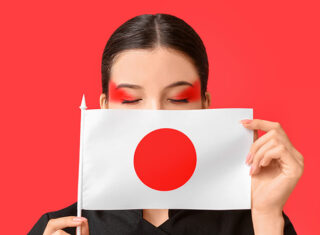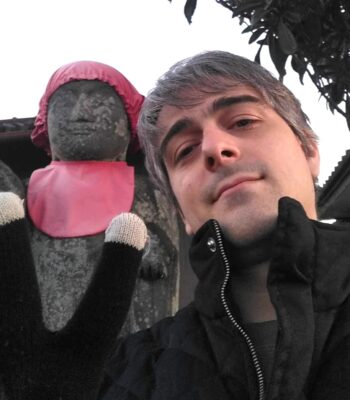- Learning Japanese
What Manners Should You Follow in Japan? A Guide to 8 Key Situations
2025.01.21
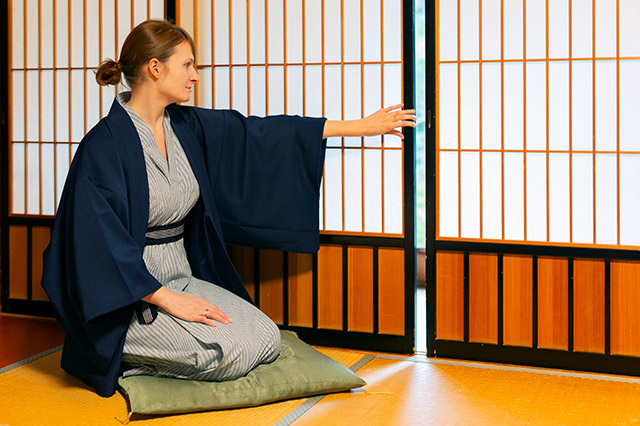
For those planning to travel to Japan or live there, understanding essential manners in Japan is crucial.
Japan has many unique customs, and failing to follow them could cause inconvenience to the locals.
In this guide, we’ll break down key manners into the following eight scenarios
- Greetings
- On the Streets
- At Homes or Ryokan Inns
- Using Public Transportation
- At Shrines and Temples
- In Restaurants
- When Giving Gifts
- Business Etiquette
Whether you’re planning a trip to Japan, preparing to offer a gift, or navigating a business setting, these tips will serve as a helpful reference.
Greetings in Japan

When greeting someone in Japan, keep the following manners in mind:
- Bowing during greetings.
- Avoiding physical contact such as hugs or kisses.
- Using “Aizuchi” (verbal nods) to show attentiveness.
- Adding “-san” to someone’s name to show respect.
Bowing is a common practice in Japan. For casual greetings, a slight tilt of the upper body is sufficient. When greeting someone of higher status or a guest, a deeper bow demonstrates respect.
Additionally, physical gestures such as hugs or kisses are not customary in Japanese greetings, so it's best to avoid them. Instead, use “Aizuchi”—short phrases like “Sō desu ne” (“That’s right”)—to indicate you’re listening attentively.
Finally, to express politeness, always address people by their name followed by “-san” rather than using their name alone.
Street Etiquette in Japan
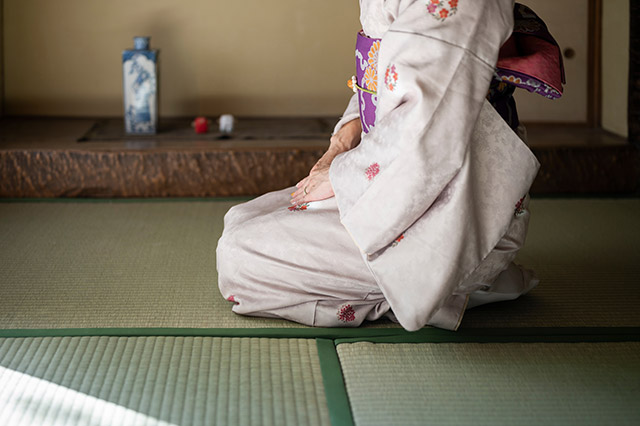
When walking on the streets in Japan, keep the following manners in mind:
- Avoid walking side by side with others.
- Do not spit or throw gum on the ground.
- Carry your trash or dispose of it properly in recycling or trash bins.
- Smoke only in designated smoking areas.
- Refrain from pointing at people.
Japanese sidewalks are often narrow, so walking side by side with family or friends can obstruct other pedestrians and cause inconvenience.
Make sure to dispose of any trash, gum, or other waste responsibly and smoke only in designated areas. Additionally, pointing at others is considered rude and can be interpreted as a form of insult, so it’s best to avoid this gesture.
Etiquette at Homes and Ryokan Inns
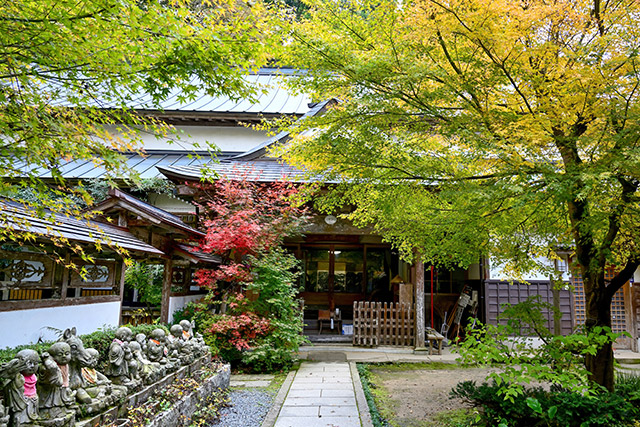
In Japan, there are specific manners to follow when entering homes or ryokan (traditional inns):
- Remove your shoes at the entrance and neatly arrange them with the toes facing outward.
- Shower before entering a bathtub.
- Avoid stepping on thresholds, tatami edges, or zabuton cushions in traditional rooms.
- Do not bring outside food or drinks into the ryokan.
When entering a home or ryokan, it’s polite to face inward as you remove your shoes and align them neatly with the toes pointing toward the entrance.
Before soaking in a shared bath, always take a shower first to clean yourself. Also, ensure that your hair and towel do not touch the bathwater.
In traditional rooms, avoid stepping on the edges of tatami mats, thresholds, or cushions, as it’s considered improper. Lastly, avoid bringing food or drinks into the ryokan unless permitted.
Manners for Using Trains in Japan

When riding trains in Japan, it’s important to follow these manners:
- Form a line at the platform while waiting.
- Avoid speaking loudly.
- Refrain from making phone calls on your mobile phone.
- Keep large luggage out of the way of other passengers.
- Give up priority seats to those who need them.
- Men should not enter women-only cars.
On Japanese platforms, it’s customary to line up while waiting for the train. Always join the end of the queue to maintain order.
Inside the train, it’s polite to avoid loud conversations, refrain from taking phone calls, and place large luggage in a location that doesn’t obstruct other passengers.
Be mindful of priority seating areas designated for elderly passengers, individuals with disabilities, or pregnant women, and take note of women-only cars, which men are prohibited from using.
Manners at Shrines and Temples
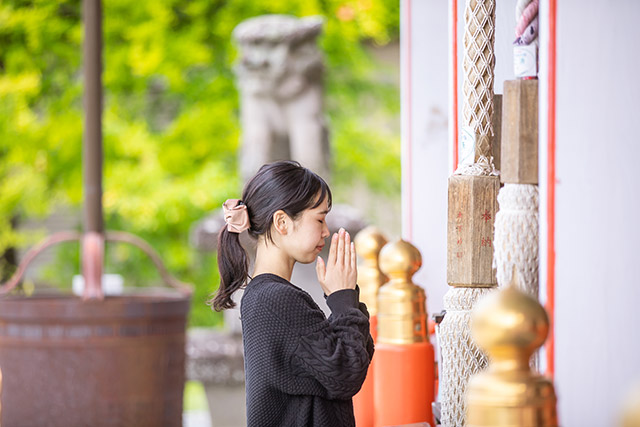
When visiting shrines or temples in Japan, observe the following:
At Shrines:
- Bow before passing through the torii gate.
- Avoid walking in the center of the path (reserved for deities).
- Wash your hands with water before approaching the altar.
- During worship, follow these steps:
- Place your offering in the box.
- Bow deeply twice.
- Clap twice at chest level.
- Pray with your hands together.
- Finish with another bow.
At Temples:
- Bow with hands in prayer before entering the sanmon gate.
- Wash your hands with water before worship.
- Make an offering, bow with hands in prayer, and bow again.
Both shrines and temples share common etiquette, such as stopping to bow at the gate and washing your hands before worship. However, the specific rituals differ—be sure to confirm whether you are visiting a shrine or temple and follow the respective customs.
Pro Tip: For related phrases you can use during your visit, check out our article:
[19 Useful Japanese Phrases for Travel: Try Using Them in Different Situations!]
Restaurant Etiquette in Japan
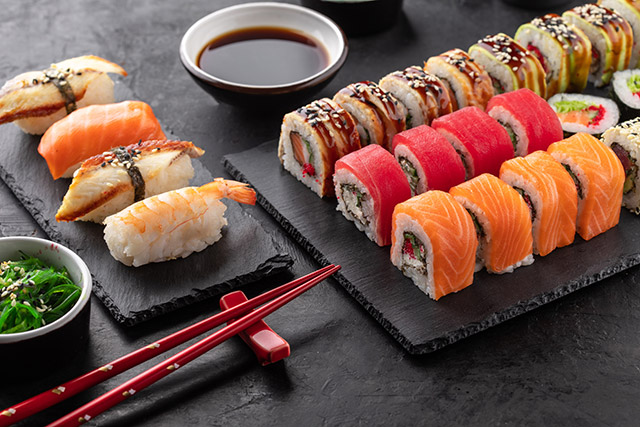
When dining in Japan, follow these manners:
- Say “Itadakimasu” before eating and “Gochisousama” after finishing your meal.
- Use the oshibori (wet towel) to wipe your hands.
- Avoid leaning on your elbows or crossing your legs while eating.
- Hold your rice bowl or small dishes in your hand while eating.
- Try not to leave any food on your plate.
- Do not use chopsticks to stab food.
- While it’s impolite to slurp pasta, it is acceptable (and even encouraged) to slurp soba or ramen
In Japan, saying “Itadakimasu” before eating and “Gochisousama” after your meal expresses gratitude for the food and those who prepared it.
Proper table manners include using the oshibori to clean your hands, maintaining good posture, lifting small bowls to eat, and finishing all the food on your plate. For those unfamiliar with chopsticks, avoid stabbing food, pulling dishes toward you with chopsticks, or passing food directly between chopsticks.
When it comes to noodles, slurping soba or ramen is not only accepted but also enhances the experience by appreciating the aroma—something that doesn’t apply to pasta, which should be eaten silently.
Gift-Giving Etiquette in Japan

Gift-giving is an important tradition in Japan, used to show respect and strengthen relationships. However, be mindful of these points:
- Avoid giving sharp objects, like knives or scissors.
- Do not give chrysanthemums.
- Avoid items associated with the numbers 4 (shi) and 9 (ku), as they are linked to death and suffering.
- Choose wrapping paper in colors other than white or black.
- Avoid giving expensive items or socks to someone of higher status.
Sharp objects symbolize “cutting ties”, chrysanthemums are associated with funerals, and items tied to the numbers 4 and 9 (such as combs or cyclamens) evoke death or misery.
When wrapping gifts, avoid white or black packaging, as these are used for mourning, and select cheerful or neutral colors instead. For gifts to superiors, avoid overly expensive items that could make the recipient uncomfortable, as well as socks, which may be seen as disrespectful due to their association with “stepping on” someone.
Business Etiquette in Japan

When conducting business in Japan, observe these important manners:
- Exchange business cards (meishi) during initial greetings.
- Handle business cards with care (Make sure to give and receive them with two hands).
- Seat superiors in seats of honor (kamiza) and juniors in lower seats (shimoza).
- Address business partners with “sama” after their name.
- Practice the “five-minute rule” by arriving early.
- Begin emails or phone calls with “Osewa ni natte orimasu” (“Thank you for your continued support”).
In Japan, exchanging business cards is a key part of introductions. Cards received should be treated with respect, such as placing them on a cardholder rather than stuffing them into a pocket or bag.
The seating arrangement follows hierarchical norms: seats farthest from the entrance (kamiza) are reserved for superiors or guests, while those closer to the door (shimoza) are for juniors.
Punctuality is also critical in Japanese business culture, with the “five-minute rule” encouraging arrival 5–10 minutes early for meetings or appointments.
Additionally, it’s polite to begin business emails or phone calls with “Osewa ni natte orimasu,” showing appreciation for the recipient’s past cooperation.
★Related article:
The Best Way to Learn Japanese Online: A Comprehensive Guide Introduction
Japanese Manners: Summary
Japan has many unique manners, and remembering the ones introduced in this article will surely be helpful when visiting Japan for travel or business.
If you’d like to learn more about Japan, why not take lessons with Oku Sensei's Japanese, where you can study Japanese language and culture online?
At Oku Sensei's Japanese, you’ll not only improve your skills in writing, reading, listening, and speaking Japanese, but also gain knowledge about Japanese culture, customs, society, and history, enabling you to acquire practical Japanese.
Currently, Oku Sensei's Japanese is offering free 30-minute consultations, so be sure to check it out!




